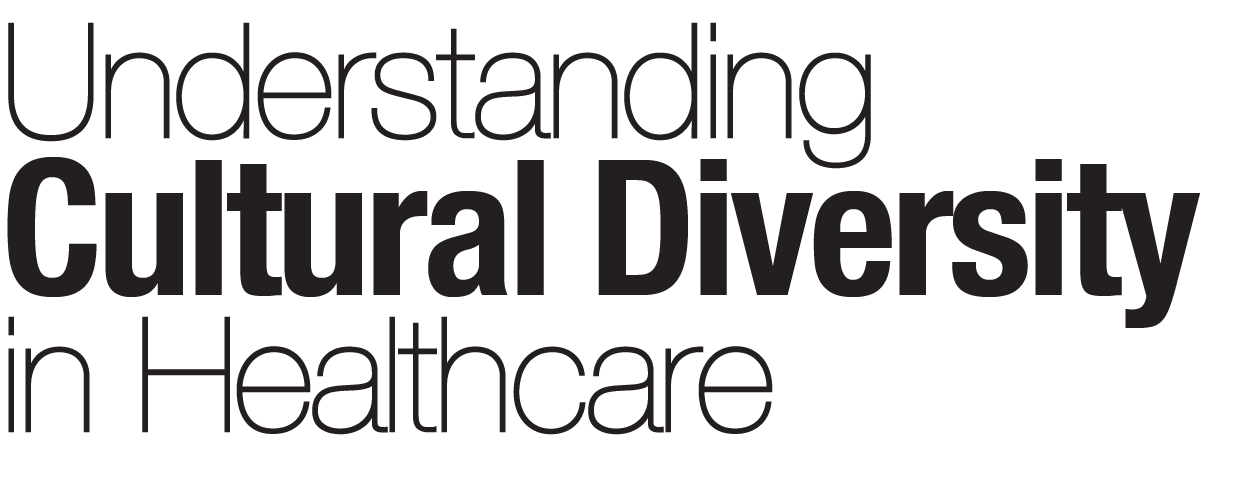
Caution: These are broad generalizations and should not be used to stereotype any individuals.
Prejudice and Discrimination
Due to the history of slavery followed by racial discrimination, African American patients may not trust “white” institutions such as hospitals. This may be compounded by both the current studies documenting racial disparities and the memory of such horrors as the infamous Tuskegee syphilis experiment, where African American men with syphilis were left untreated, even after a cure had been discovered.
African Americans may be very sensitive to discrimination, even when it is unintended. For example, do not use the term “gal” to refer to a woman. It has the same connotations as “boy” for an African American male. Address the patient as Mr., Mrs., or Ms., or by professional title and last name. As with all patients, be sure to apologize and explain if a patient is kept waiting. It may be interpreted as a sign of disrespect or discrimination.
World View
Religion is important to many African Americans. Clergy should be allowed to participate when appropriate. Privacy for prayer is important and quiet time should be allowed for it. Health care practitioners may offer to pray with a patient if all parties are comfortable. It is customary for clergy and acquaintances from the patient’s place of worship to visit the sick on Sundays, often directly from church.
Time Orientation
Those of lower socioeconomic status may be present time oriented, which may impede preventive medicine and follow-up care. Explain the need for preventive medication (such as for hypertension) or to finish antibiotics even when symptoms disappear. Explanations may be important. Due to time orientation and/or economic factors, some may delay seeing a physician until symptoms are severe.
Pain
Expression of pain varies widely. It is equally acceptable to be expressive or stoic.
Family & Gender Issues
Family structure may be nuclear, extended, or matriarchal. Close friends or church members may be part of a kin support system and even referred to by terms like “sister” or “brother.” Households headed by women are common. In such cases a grandmother or aunt may be the patient’s spokesperson. Often, the father or eldest male may take this role. Decisions may be made by the patient.
Generally, women are considered equal to men. Many women achieve higher socioeconomic status and educational levels than men.
Pregnancy & Birth
Prenatal care is common. Traditionally, only females attended birth, but this now varies. Today, a male partner often assists the delivery.
End of Life
The incidence and death rates for some types of cancer, including prostate and cervical, are particularly high among African Americans. This may be due in part to the fact that lack of trust for the healthcare system leads to delays in screening.
They may be reluctant to sign a DNR for fear that physicians will withhold beneficial treatment. This can be addressed directly by saying, “Some patients don’t like to talk about these issues because they’re afraid their doctors may withhold treatment that might be beneficial to them. Is this something that you’re concerned about?”
Reluctance to remove life support may be due to a belief that miracles are always possible. The thought may be that only God knows for sure if a situation is hopeless. In addition, patients and caregivers may not trust the medical community, again due to historical experiences with racism. Some consider it taboo to donate organs or blood except to a family member, for fear it will hasten one’s own death.
Health & Belief Practices
Beliefs about the cause of disease include biomedical beliefs and divine punishment. If lack of adherence stems from a belief that disease is due to punishment for sin, it may be helpful to involve clergy or to have the patient pray for God to guide the physicians.
In rural areas of the South, rich foods (red) may be thought to cause “high” blood, which may be confused with high blood pressure. Attempts may be made to treat “high” blood with clear, white foods to “lower” the blood. Since white foods can include things high in sodium, this should be discussed with the patient. “Low” blood is thought to result from too much vinegar, lemon juice, and garlic, and not enough red meat. Be sure to clarify the difference among “low” blood, low blood count, and low blood pressure.
The African American culture has a rich tradition of herbal remedies. Be sure to discuss the use of home or herbal remedies to prevent potential drug interactions. Expression of pain varies widely. It is equally acceptable to be expressive or stoic.
Note: Material is drawn from the work of Loudell Snow on lower SES African Americans in rural South, as well as Waters, C.M. and S. Locks (2005) African Americans. In JG Lipson and SL Dibble (Eds.), Culture and Clinical Care (pp.14-26). San Francisco: UCSF Nursing Press; and National Cancer Institute Fact Sheet on Cancer Disparities, http://www.cancer.gov/about-nci/organization/crchd/cancer-health-disparities-fact-sheet.
